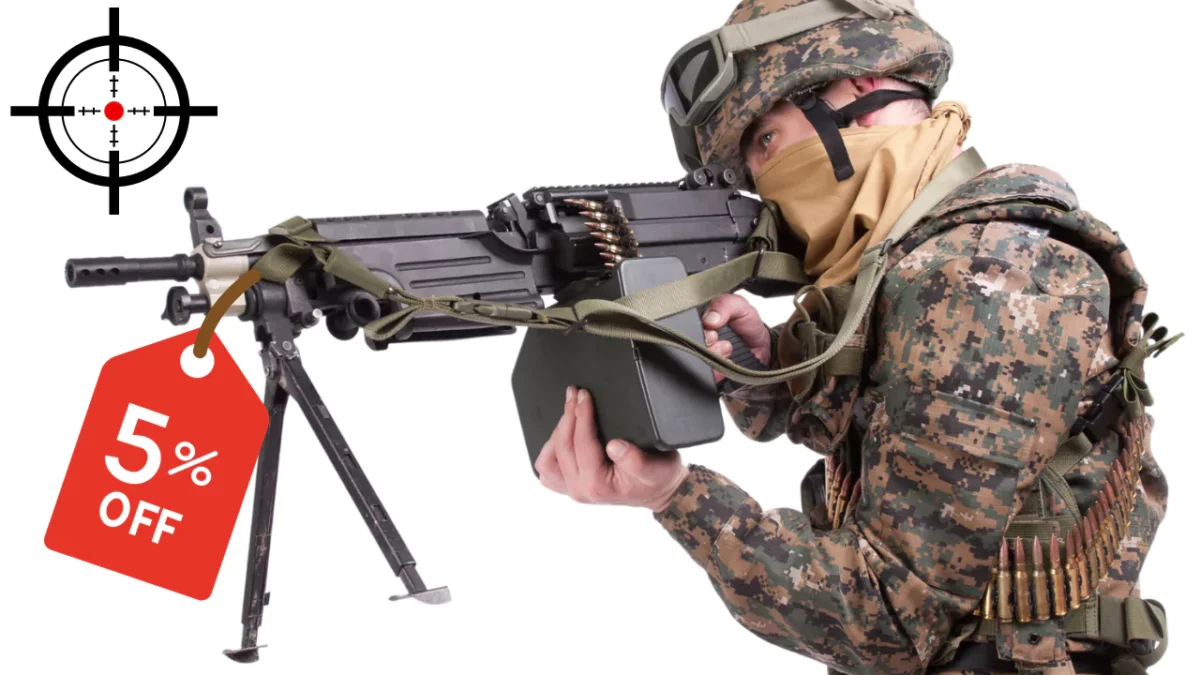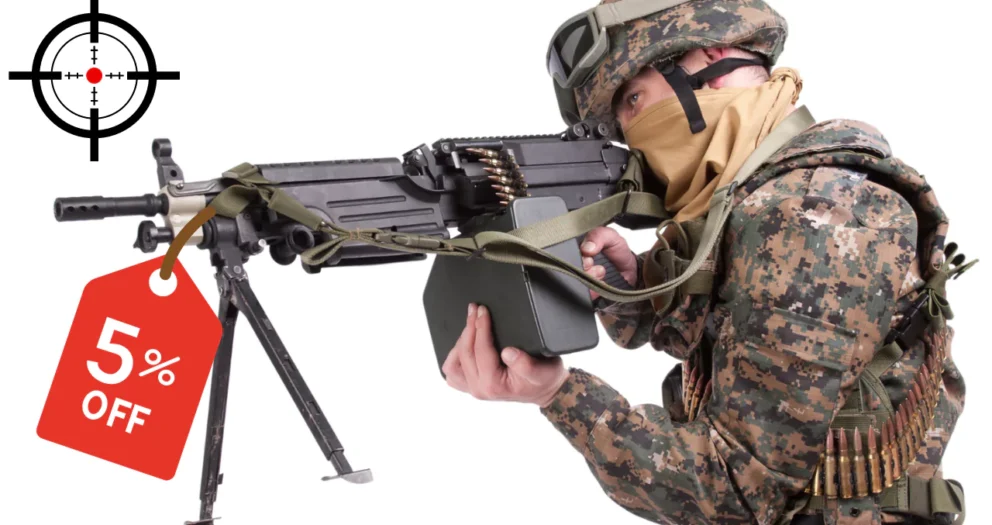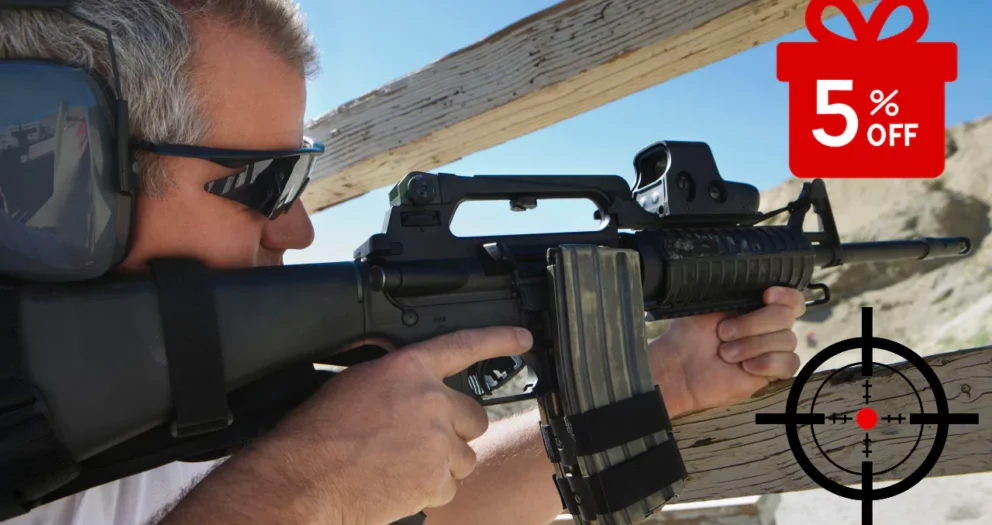Machine Gun Kelly: What You Need To Know About Machine Guns
Introduction To Machine Gun Kelly
The quest for a military firearm capable of rapid, repeating fire spanned nearly nine centuries, with early attempts yielding bulky and semi-reliable guns featuring single-shot barrels mounted on carriages or tripods. These multi-barreled weapons, handheld or shoulder-mounted, though lethal to attackers, posed significant risks to the gunners themselves. Despite evolving into repeating arms such as revolvers, semi-automatic pistols and rifles, and fully automatic sub-machine guns and assault rifles, they fall outside the scope of this discussion.
Organ guns or volley guns, utilized as early as 1339 during the reign of English King Edward III, paved the way for the modern machine gun. Notable examples included the Ribaldequin or “Infernal Machine,” the Billinghurst Requa Battery Gun, the Nock Volley Gun, and the Vandenburg Volley Gun. However, it wasn’t until the mid-1800s that a practical, mechanically reliable weapon capable of rapid reloading emerged. The most renowned example was the Gatling Gun, invented by Richard J. Gatling. Although other designs surfaced, such as the Montigny Mitrailleuse and the Nordenfelt Gun, none achieved the fame of the Gatling Gun.
The modern machine gun, as we know it today, was first invented in 1884 by Hiram Maxim. It gained prominence in late 19th-century conflicts like the Boer War and the Spanish-American War, becoming infamous for its utilization by European powers in colonial pursuits. The Maxim Gun’s combat debut in 1893 during the British South Africa Company’s conflict with the Matabele demonstrated its lethal effectiveness. Subsequent advancements, including the Colt M1895 “Potato Digger” and the Hotchkiss 1897, varied in mechanical reliability but never rivaled the popularity of the Maxim Gun.
During World War I, the Maxim Gun saw widespread use, with thousands deployed by various nations. Manufacturers like Vickers, Sons & Maxim Company, and Spandau Company met the growing demand. Notable firearms innovators like John Moses Browning and Isaac Newton Lewis contributed to the arsenal with iconic weapons such as the M1917 Browning, the Lewis Gun, and the Hotchkiss machine guns. World War II ushered in new models and improvements, with notable entries like the German MG-34 and MG-42, the British Bren Gun, and the American Johnson light machine gun.
Technological advances during World War II and the Cold War era refined machine gun designs worldwide. The German MG-42 was the basis for modern variants, while Russian designs, including Mikhail Kalashnikov’s AK-47 and its derivatives, dominated Eastern Bloc countries and beyond. These advancements solidified the machine gun’s status as a critical tool in modern warfare, with Kalashnikov’s designs remaining in service with numerous armed forces and paramilitary groups globally.




Write a comment
Your email address will not be published. All fields are required